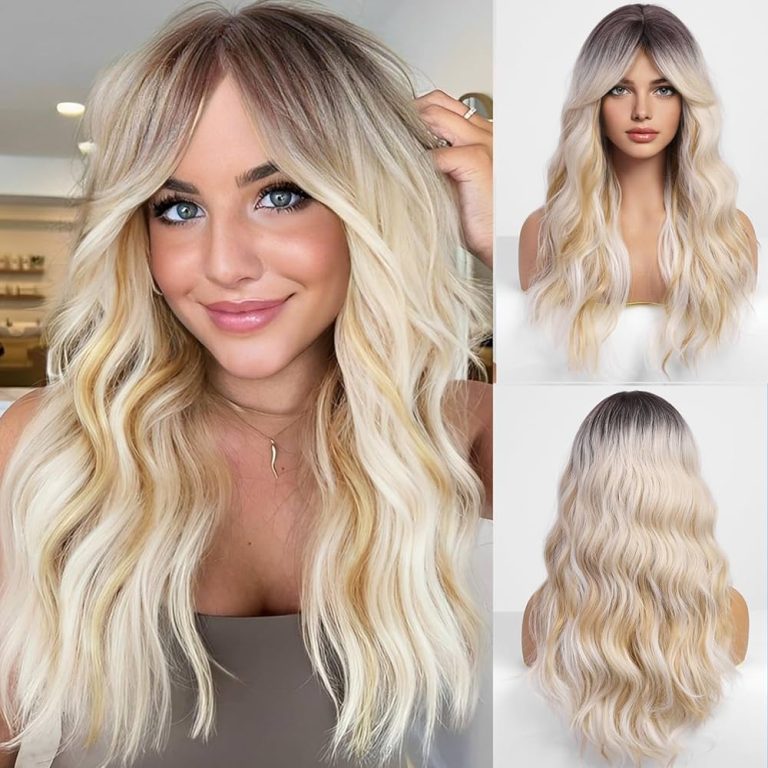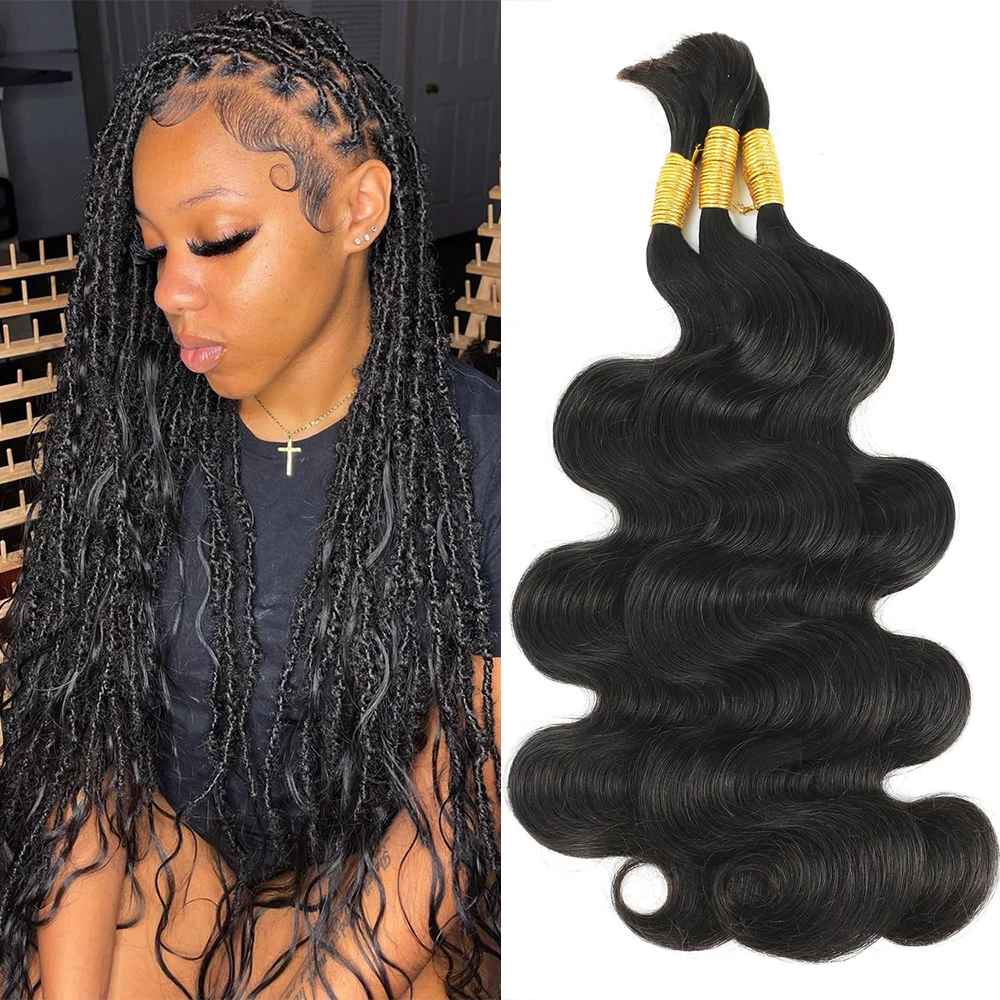
Human Braiding Hair
The Ancient Human Art of Hair Braiding
Human braiding hair represents one of humanity’s oldest art forms. This intricate styling technique predates recorded history across cultures worldwide. By interlacing multiple strands together, our ancestors crafted protective and decorative hairstyles of remarkable beauty.
Beyond aesthetic purposes, braids facilitated spiritual rituals and conveyed symbolic cultural meanings too. Distinct braid patterns, colors, and accessories chronicled major life events. Hair braiding of 2024 remains deeply rooted in ethnic traditions spanning generations.
This comprehensive guide explores humanity’s enduring love affair with braided hairstyles. It chronicles braiding backgrounds, defining techniques, popular styles, and ceremonial significances. Get inspired to master and appreciate braiding’s amazing heritage yourself!
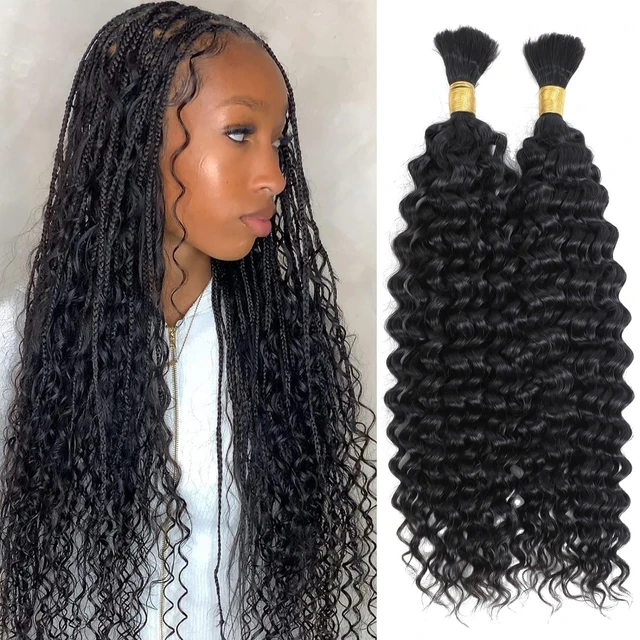 Origins and Historical Contexts
Origins and Historical Contexts
Evidence of braided hairstyles appears across many ancient civilizations worldwide. Archaeologists discovered skulls with intact braided hair among 30,000-year-old human remains. Ancient artworks and artifacts depict continually evolving braid trends globally too.
Among the earliest known braiders were the “Nakedites” of East Africa. These prehistoric nomadic peoples developed styles remarkably similar to modern cornrow braids. Their tiny intricate underhand-woven patterns kept hair safe and manageable during rugged travels.
Many ancient cultures embraced unique symbolic braiding customs carrying great meaning. Warriors like Vikings and Celtic Gauls braided hair signifying ranks and battle victories. Long Rapunzel-style braids symbolized fertility among European peasant cultures also.
Women throughout Medieval Europe commonly documented major milestones through varying crown braid styles. Transitioning between braided hairstyles marked marriage, childbirth, and other big life events accordingly.
Hair braiding’s versatility endured timelessly too. Well-preserved remains confirm its prevalence across Africa, India, Asia, the Middle East, and Native American communities. Each group produced distinctive aesthetic and ritualistic braid traditions ingrained with cultural identity.
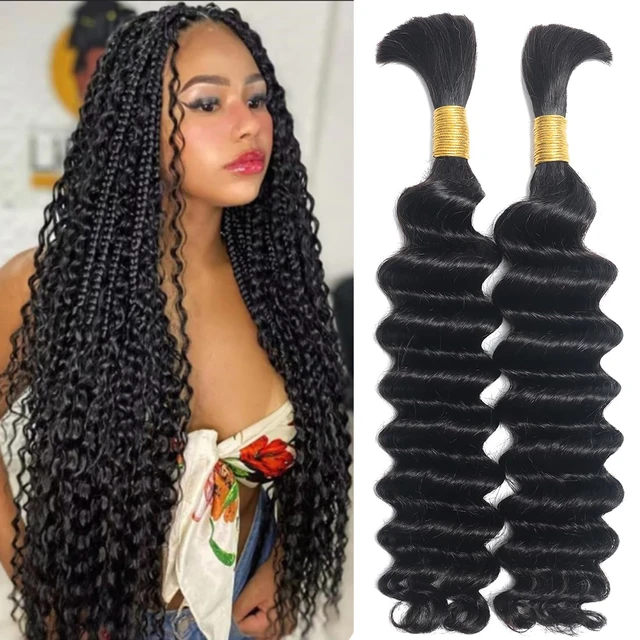 Essential Braiding Techniques
Essential Braiding Techniques
While countless braided hairstyle variations exist, all stem from a handful of foundational stranding and weaving techniques. Mastering these elementary skills provides secure bases for crafting infinite complex designs flawlessly.
The iconic three-strand braid represents the quintessential core method. Sectioning hair into three equalized bundles establishes the starting framework for countless subsequent variations. One outer strand repeatedly crosses underneath the middle segment in alternating patterns to intertwine them together.
Adding more hair strands creates two-dimensional plaited looks like five-strand braids or cornrows. Crossing sequences also vary for endless shape customizations. Weaves using “over” passes produce elevated ridge textures, while “under” movements fashion sleek rounded contours instead.
Advanced techniques incorporate more sections for truly multidimensional effects. Lattice crowns combine multiple braids crossing opposites directions simultaneously into crisscrossed latticed artwork halos. Multi-strand fishtails resemble elaborately woven lace thanks to complex strand incorporation sequences too.
Additional specialty braiding mastery includes hand positioning, tensioning, and braid management. Holding sections between specific fingers while braiding under-hand delivers optimum leverage and control. Incorporating smoother strand feeding and detailing becomes instinctive over time.
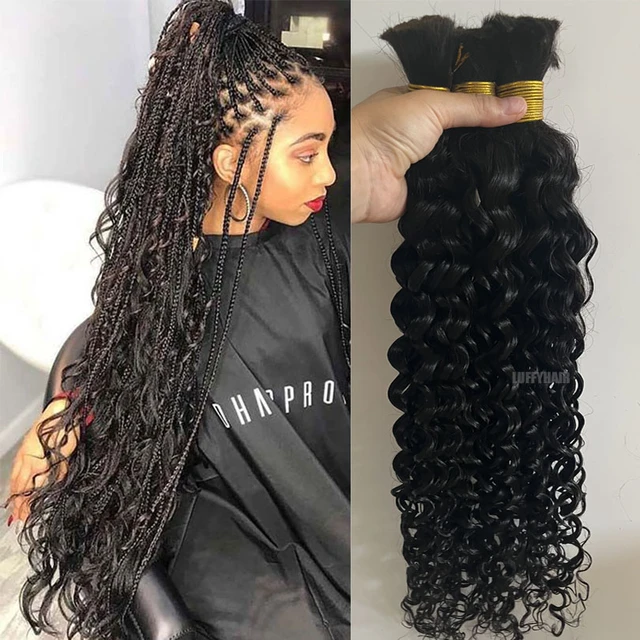 Iconic Contemporary Braid Styles
Iconic Contemporary Braid Styles
Globally resonant braided looks exist spanning chic upscale sophistication to bohemian beachy goddesses. They imbue head-turning allure while protecting and strengthening hair flawlessly. Top trends and inspiration include:
Polished Crown Braids: These circular braids swirl delicately from face-framing tendrils into intricately woven coronet crests. Popular accent braiding gets incorporated for Rapunzel-esque styling too. Chic and regal results suit everything from business professional looks to bridal upstyles flawlessly.
Intricate Laced Braiding: More advanced lacing styles like boxer braids feature multiple mingling woven sections. Hours-long meticulous artistry results in sculptural ornate masterpieces. Tiny feed-in braids sprout cascading waterfall effects down the nape regally.
Boho Glam Braids: Perfectly imperfect messy waves and texture epitomize laidback woven romance. Long flowing fishtail, mermaid, or ribbon-loose braids effortlessly frame faces. These easy-breezy boho braids radiate dreamy adventure-ready flair.
Rainbow Pop Colors: Hand-dyed pastels or vivid neon shades embedded into braided looks draw immediate eye-grabbing attention. Unicorn hues highlight Fulani-inspired braiding with ornamented jewelry, beadwork, and string accessorized designs beautifully too.
Power Cornrow Statements: Intricately detailed straightline parting and woven patterns transform scalps into wearable masterpieces. Box braids, cornrows, and cane-rows flaunt individuality through artistic placement angles and shapes. Fashionistas embrace the artsy regality radiating from jazz-inspired scalp designs.
African Braid Extensions: Ancient Afro-centric braiding techniques find new expression in wildly elaborately freeform Bohemian braids. Feed-in extensions fortify hairstyling stamina and low-tension capabilities for dreamcatcher or tree braids cascading down backs freely.
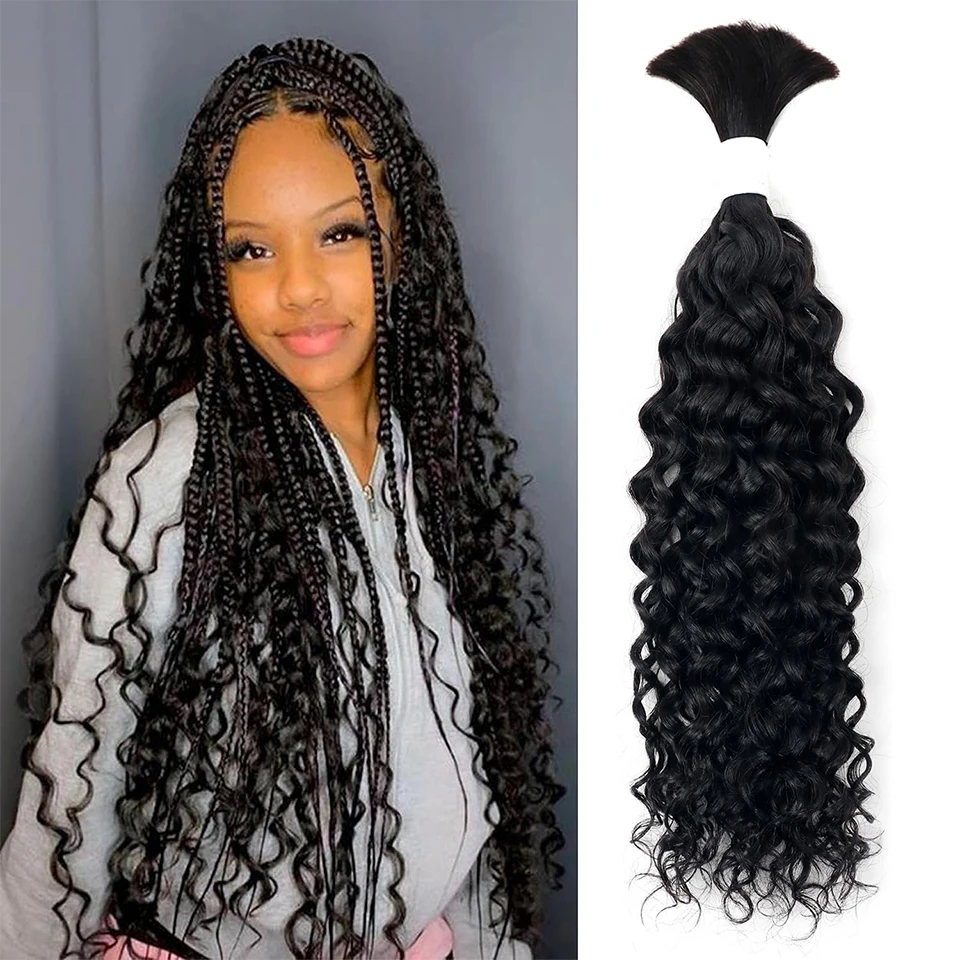 Some tips for maintaining and caring for human braiding hair:
Some tips for maintaining and caring for human braiding hair:
If you have human braiding hair installed, proper maintenance and care can help keep it looking fresh and extend its lifespan. Here are some tips for maintaining and caring for human braiding hair:
Washing:
Depending on the style and your lifestyle, you may need to wash your braids periodically. Use a gentle shampoo specially formulated for human hair extensions. Dilute the shampoo with water, apply it to your scalp, and gently work it through the braids. Rinse thoroughly with cool water, and let the hair air dry.
Moisturizing:
Moisturize your scalp and the braiding hair regularly to prevent dryness. Use a lightweight leave-in conditioner or a specially formulated braid spray, focusing on the hairline and parts. Apply these products sparingly to avoid buildup or making the braids feel heavy.
Scalp Care:
Keep your scalp clean and healthy by gently cleansing it with a mild shampoo or using a scalp-specific cleanser. If you experience scalp dryness or itchiness, consider using a soothing scalp oil or applying aloe vera gel to alleviate any discomfort.
Avoid Excessive Tension:
Avoid hairstyles or excessive pulling that place too much tension on the braiding hair. Tension can cause hair breakage or damage to your natural hair. Opt for looser styles that give your hair and scalp a break from tension.
Protect at Night:
Before going to bed, tie your braids with a satin or silk scarf or use a silk or satin pillowcase. This helps reduce friction and minimizes frizz or tangles while you sleep.
Minimize Heat Usage:
Limit the use of heat styling tools like flat irons or curling irons on the braiding hair to avoid damage. If you must use heat, apply a heat protectant spray and use low to medium heat settings.
Avoid Excessive Manipulation:
Refrain from excessive touching, pulling, or playing with your braids, as this can lead to frizzing or loosening of the style. Be gentle when styling or securing the braids to avoid putting too much stress on the hair.
Professional Maintenance:
Visit a professional stylist for routine maintenance and touch-ups. They can re-tighten or re-braid any loose or frizzy sections, ensuring that your braids stay neat and secure.
By following these maintenance tips, you can help prolong the lifespan of your human braiding hair and keep it looking fresh and beautiful throughout its wear.
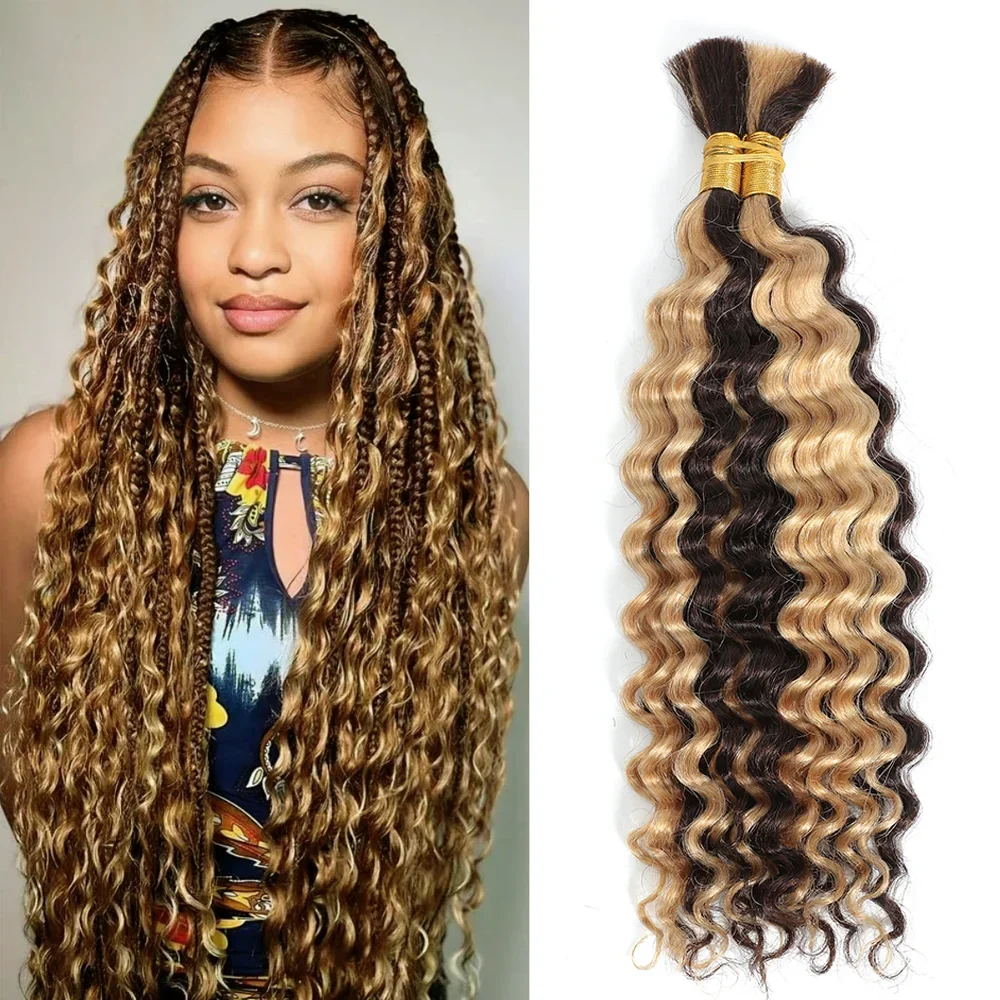 Braiding’s Cultural and Symbolic Meanings
Braiding’s Cultural and Symbolic Meanings
Braided hairstyles prove much more than superficial styling choices worldwide. Intricate patterns, colors, accessories, and motifs infuse expansive cultural meanings for many ethnic communities globally too.
Among West African nations like Ghana, Nigeria and Senegal, specifically woven braid designs visually convey extensive narratives. Shapes resemble symbols telling stories about family ancestry and values. Cowrie shells or beads represent proverbs and wisdom.
Native American braids indicate marriages and social status as well. Long singular braids symbolize deeply revered singular traits like wisdom or strength. Braids incorporating feathers simultaneously honor nature’s animals while signifying major milestones like coming-of-age rituals too.
East Indian cultures incorporate incredibly elaborate bridal braids into pre-wedding ceremonies also. Multi-stranded front plaits and braided updos signify virtues like femininity, prosperity, and sanctity. While requiring immense skill, the ceremonial looks remain temporary paradoxically.
Even decorative modern box braids carry rooted cultural implications worldwide. Straight-lined parting layouts and angular continuously weaving designs originated with the Krio people of Sierra Leone centuries ago. The sleek durable protective styles facilitated physical labor while expressing ancestral ethnic pride beautifully.
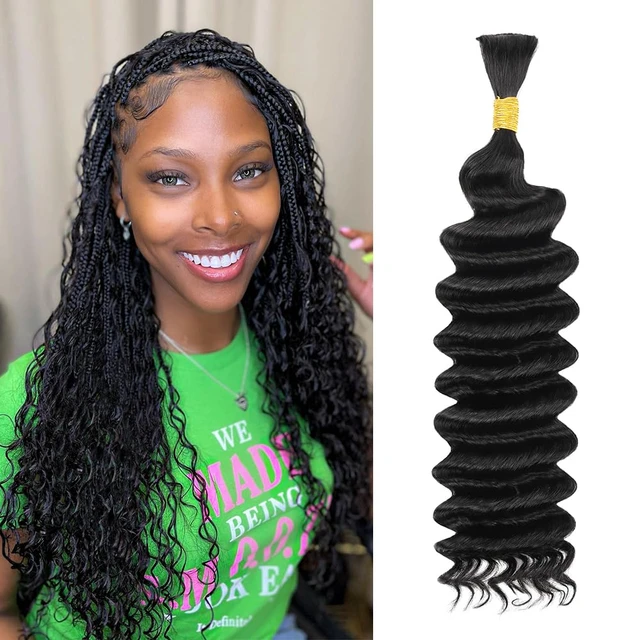 Conclusion
Conclusion
Oldest evidence of braids transcend fleeting fads or artistic hobbies. Practiced globally by cultures for tens of thousands of years, hair braiding belongs among humanity’s most impactful heritage crafts. More than just styling, the delicate handiwork infuses identity, spirituality, and storytelling into wearable art.
Mastering foundational braiding skills like strand sectioning, weaving movements, and tension control unlocks infinite creative possibilities. Patterns and techniques influence everything from polished updos to boho romantic waves. Even wildly experimental intricate stylists find inspiration from ancient roots.
Beyond personal aesthetic self-expression, braiding also preserves symbolic cultural meanings across generations. Exact motifs, accessories, colors, and layouts chronicle life events and unspoken wisdom through secret languages. Pride in ancestral braiding resonates powerfully through innumerable ethnic communities.
 Take time appreciating this inherited craft’s rich artistic significance and wonder. The braiding knowledge absorbed by watching loved ones stylist since childhood contains irreplaceable family heritage. Approaching the skills accordingly ensures honoring their legacy admirably through diligent patience and reverence.
Take time appreciating this inherited craft’s rich artistic significance and wonder. The braiding knowledge absorbed by watching loved ones stylist since childhood contains irreplaceable family heritage. Approaching the skills accordingly ensures honoring their legacy admirably through diligent patience and reverence.

